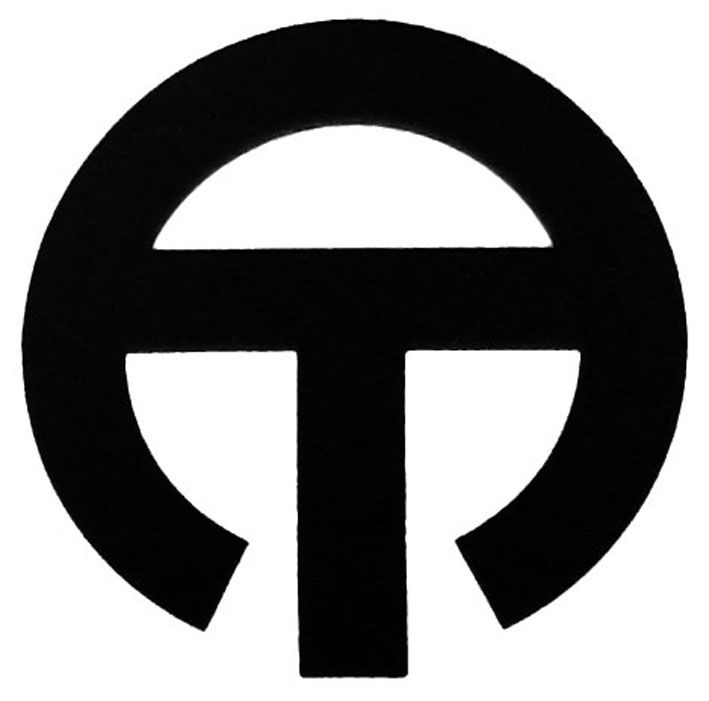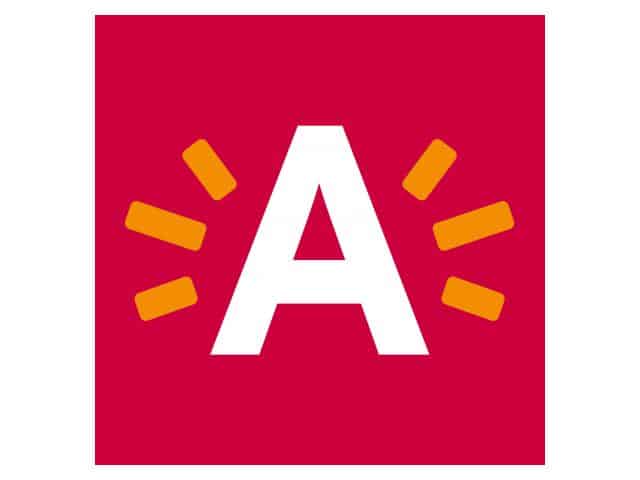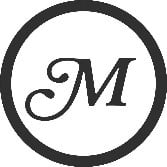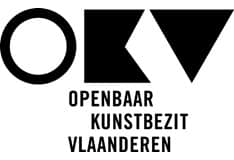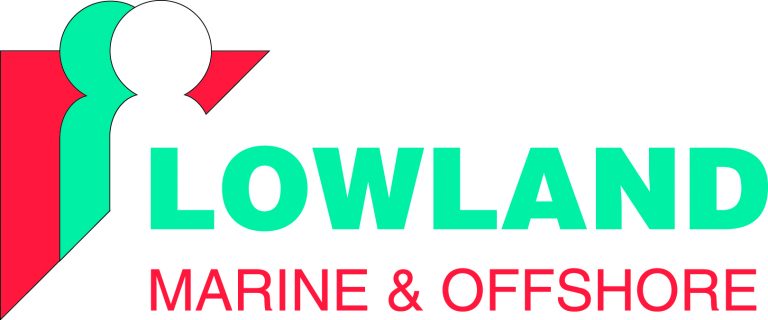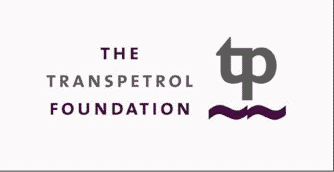MUSEUM DE REEDE
Museum De Reede, which opened on Friday 9 June 2017, focuses on the work of three masters: Francisco Goya, Félicien Rops and Edvard Munch. The work of these artists is presented as that of critical observers of the times in which they lived, each within its own artistic and social context. The museum will put its work in dialogue with current expressions of society and culture. Temporary exhibitions will be both monographic and thematic.

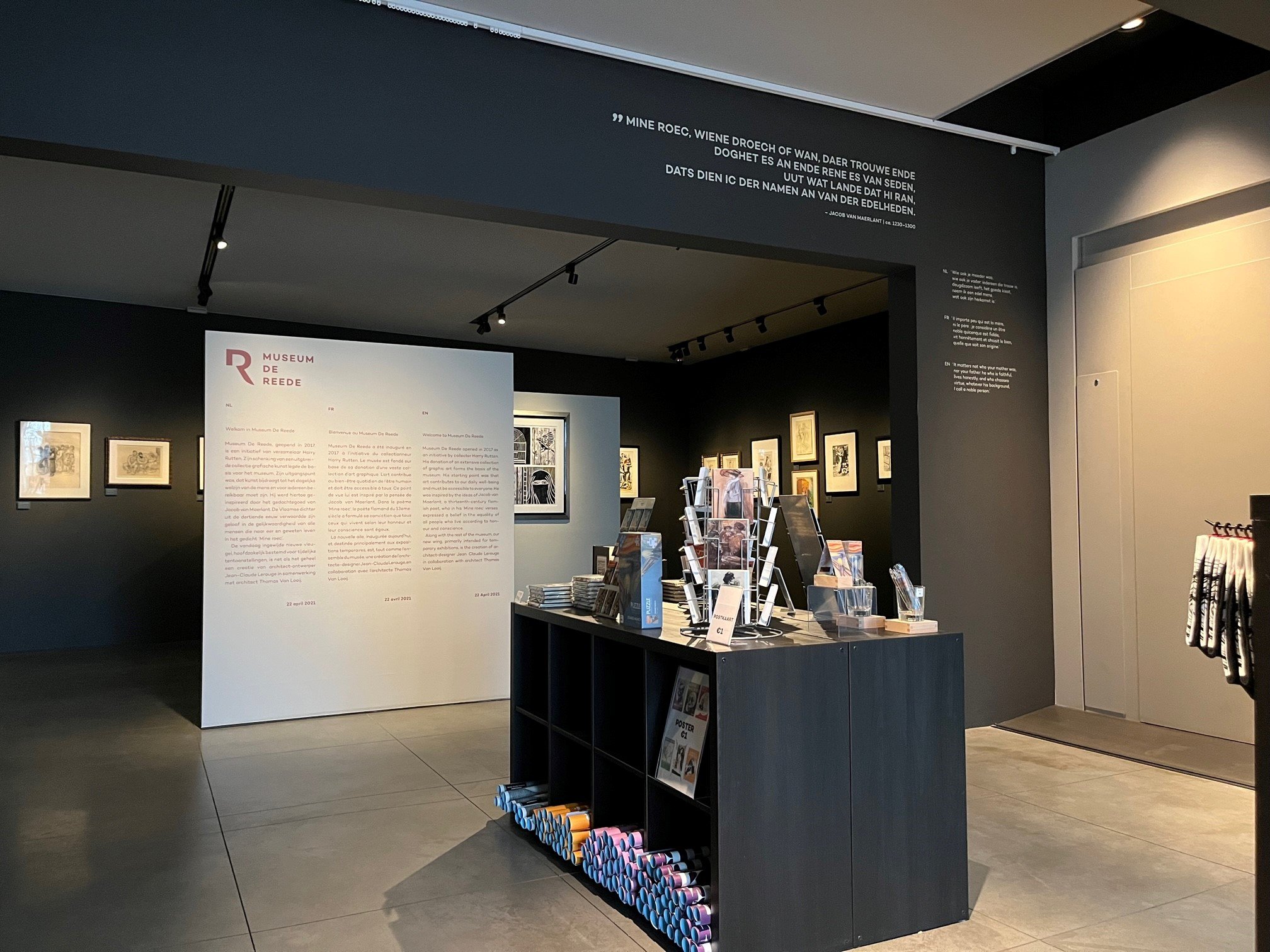
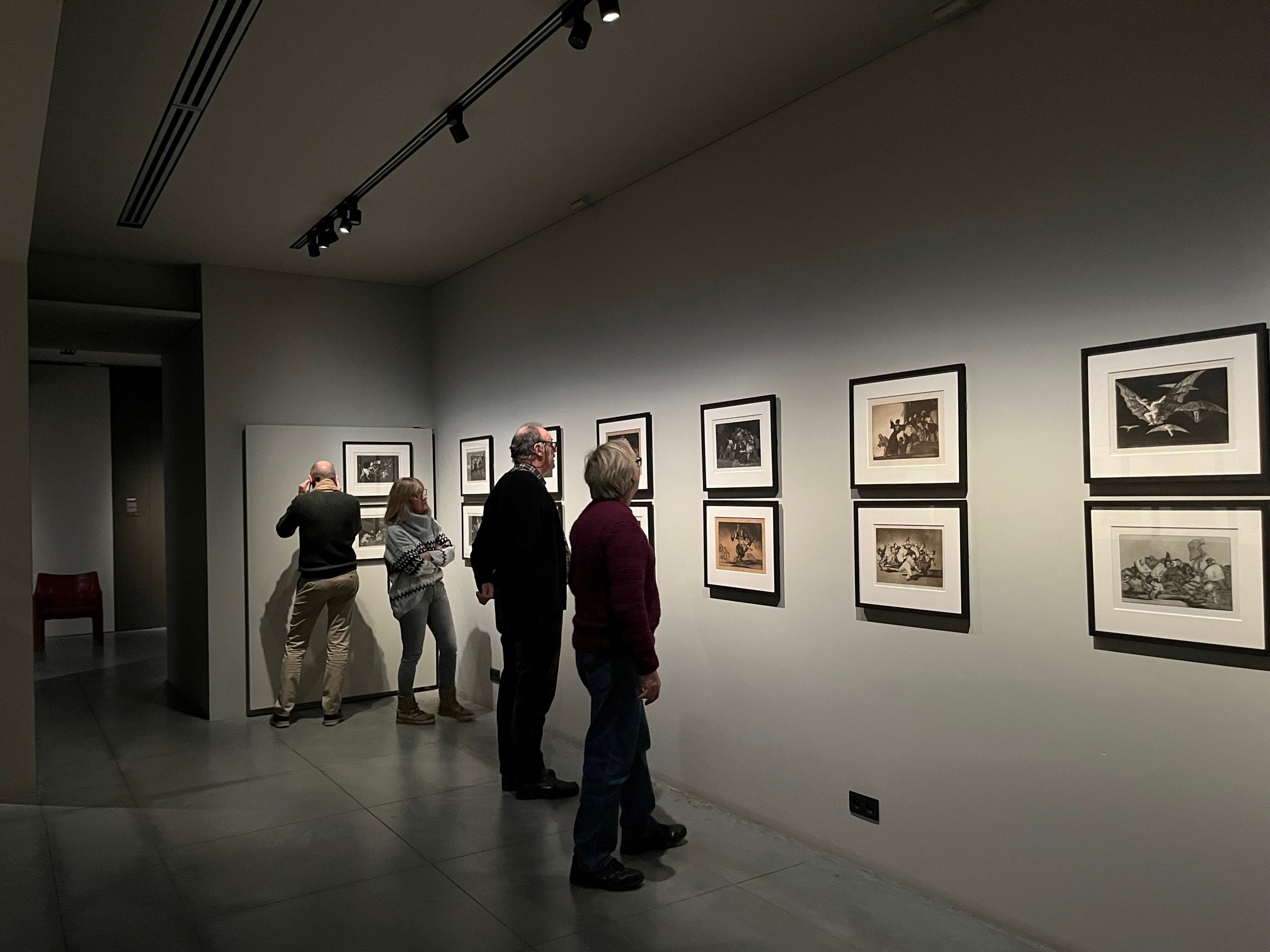
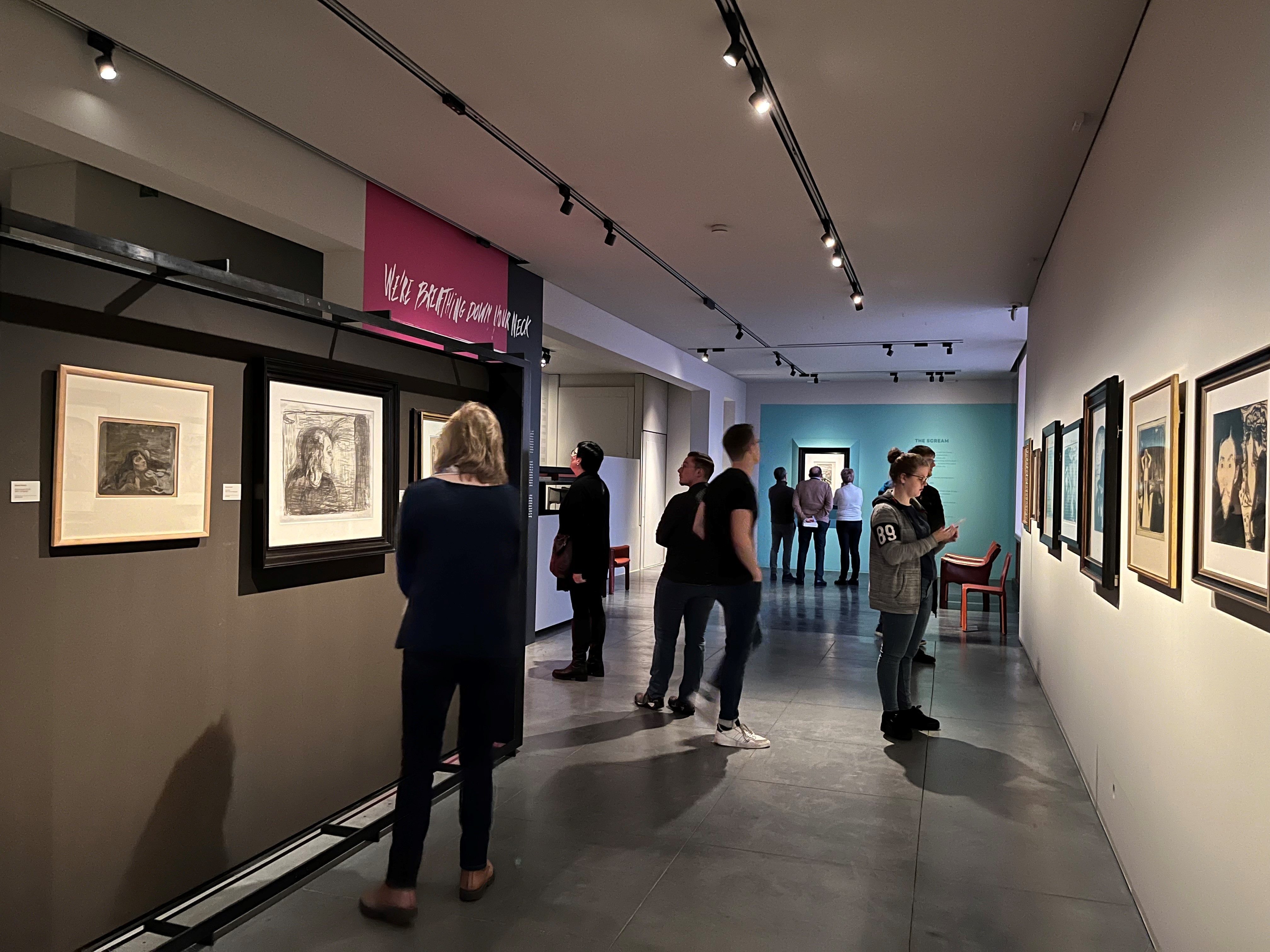
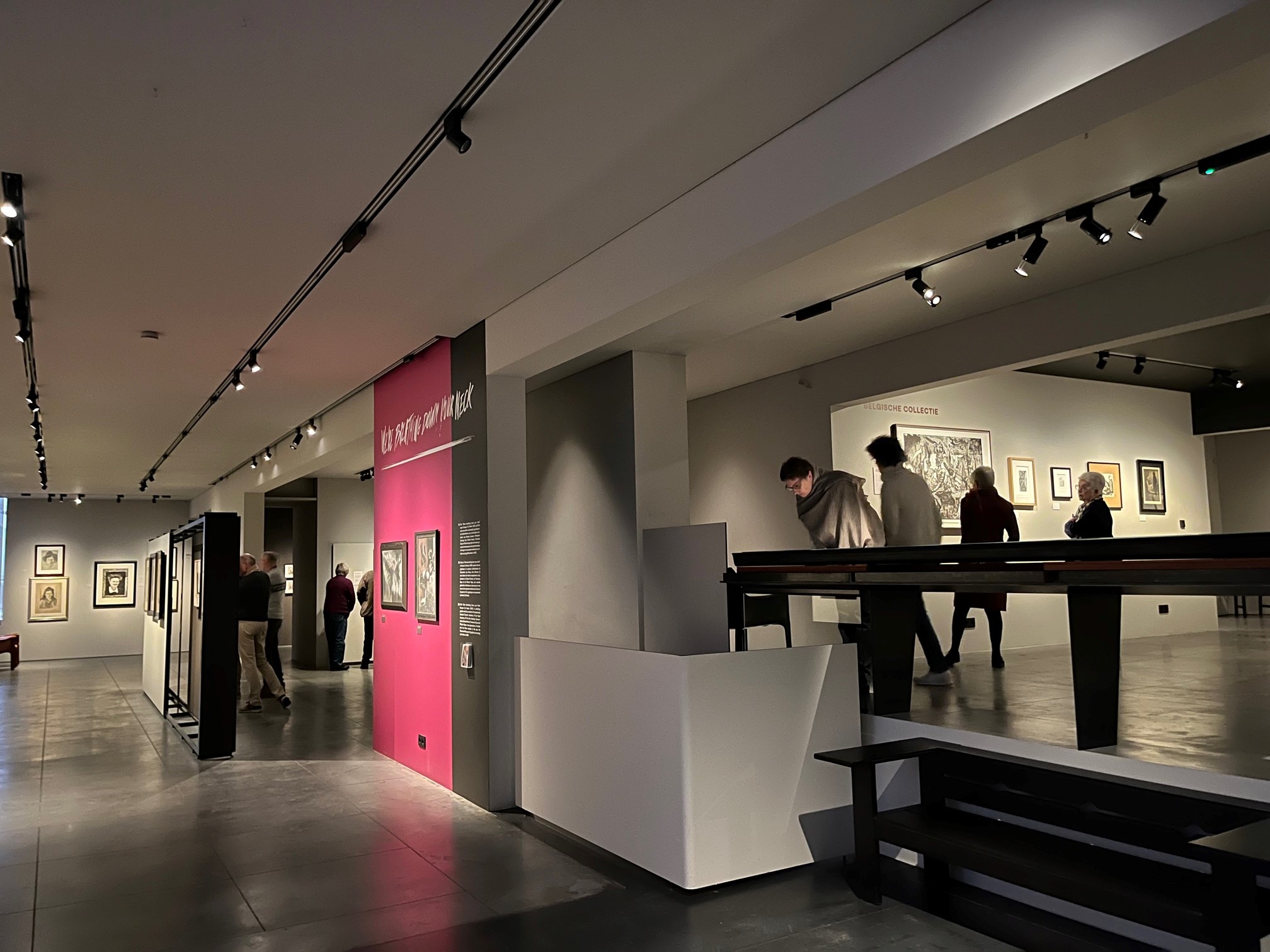
MUSEUM DE REEDE
The museum, located at Ernest van Dijckkaai 7, in the historic centre of the city of Antwerp, is in an apartment complex called 'De Rede'. This building dates from 2000, a design by the Antwerp Architects' Atelier, and has come on the site of the former offices of shipping companies dealing with inland navigation on the Rhine and other major rivers.
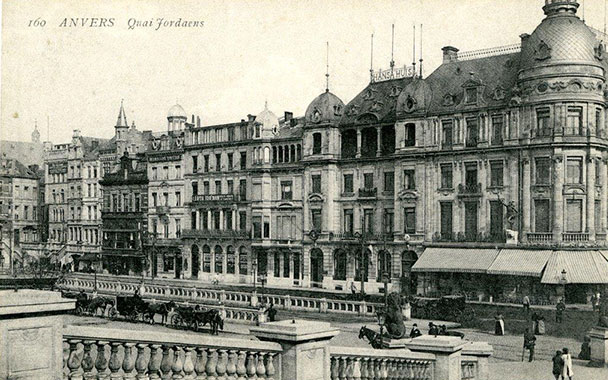
The name Museum De Reede is as much inspired by this historical background as the name of the building complex. It is, coincidence or not, a great sign of kinship to have another museum as a neighbour, the Eugeen Van Mieghem Museum, located in 'Het Redershuis', headquarters of the 'Royal Belgian Shipowners' Association'.
With the 16th-17th century in mind, the era of the rise of international shipping in the Low Countries, the writing of the time was chosen, the place where ships anchored to get ready for a journey usually full of adventure.
Get carried away at Museum De Reede in an adventure full of art.
FRIENDS OF MDR
Support the museum by becoming a member. An annual contribution of €50 gives you unlimited access to the museum including a free catalogue. You will also be personally informed of our new temporary exhibitions and various activities.
By transferring funds to account number BE50 0018 0911 0018, stating your name and e-mail address, you automatically become a "Friend of MDR".
GRAPHIC ART WORLDWIDE
The field in which Museum De Reede operates is called that of 'graphic art' or 'works on paper'. This places the museum among a nationally and internationally limited group of institutions that have made graphic art their speciality.
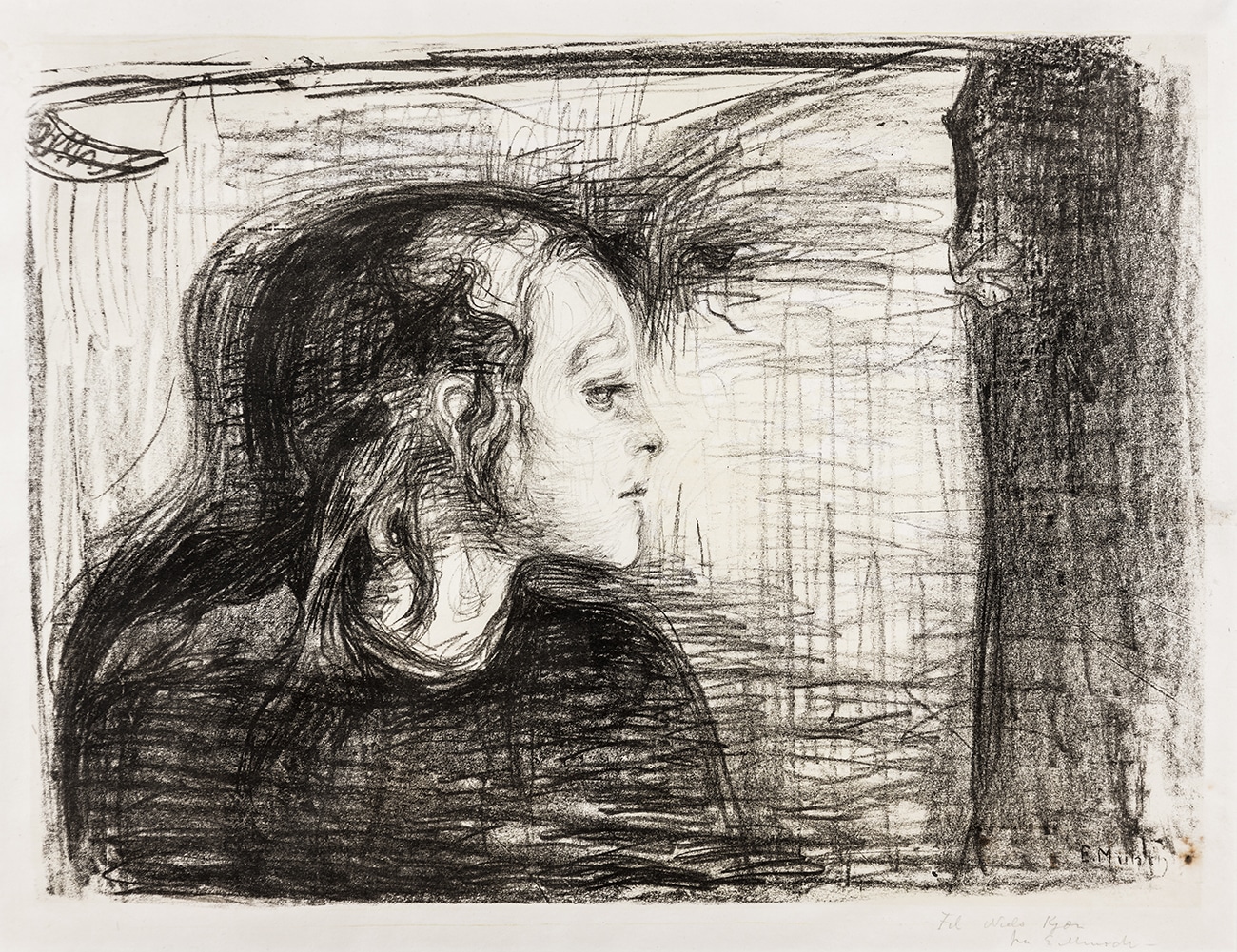
Graphics collecting dates back to the 16th century, with one of the oldest examples being the Royal Collection of Graphic Arts in Copenhagen. A century later, Basel's Kupferstichkabinett emerged, followed not long after by similar initiatives in Dresden and other European capitals. In the 19th century, specialised graphic collections often emerged from educational institutions, such as the collections of the universities of Leiden, Princeton and Harvard.
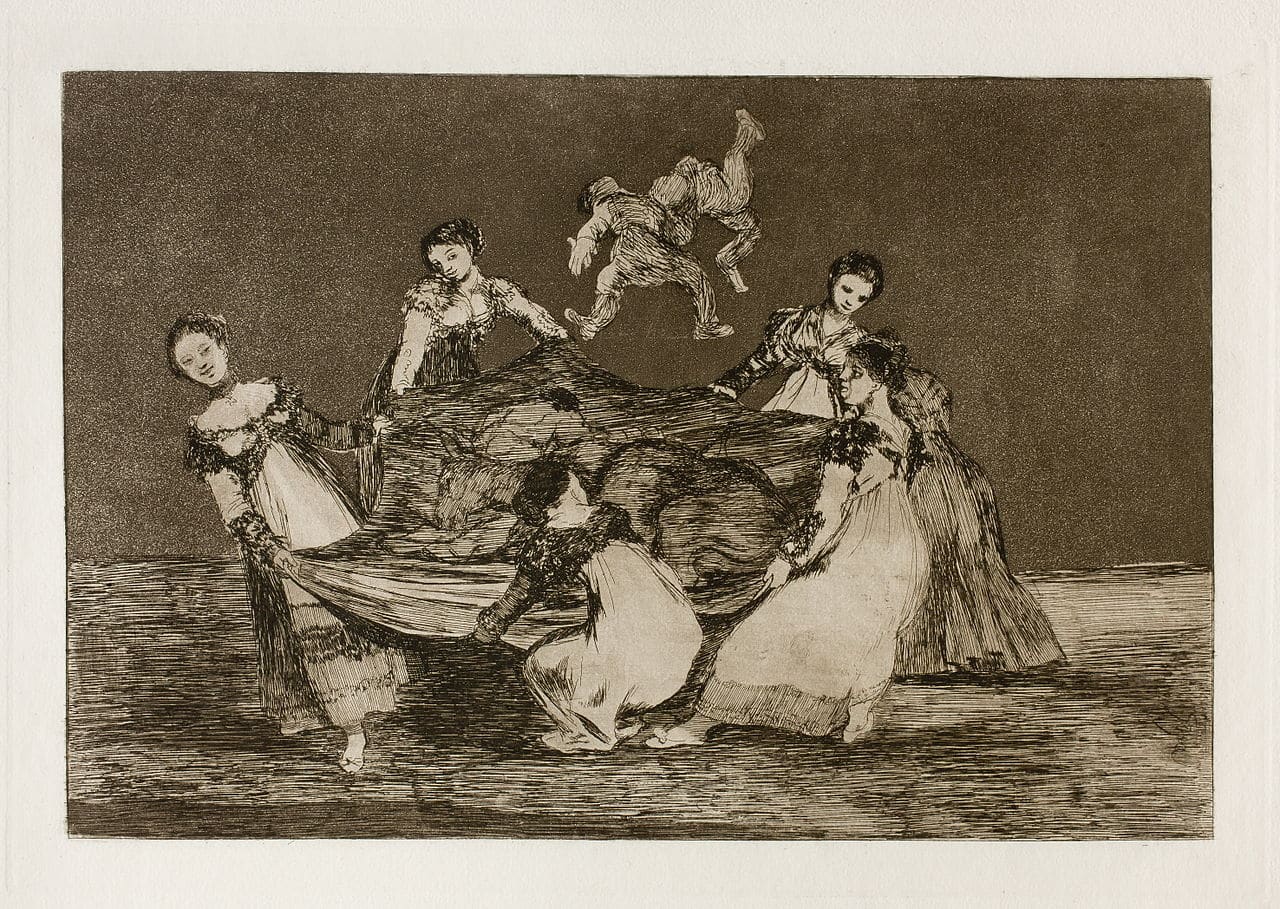
Most of these graphic collections became part of larger museums from the 19th century onwards. In addition, several museums started collecting prints themselves. An example is the Stedelijk Prentenkabinet in Antwerp, which was founded from Museum Plantin- Moretus. The Rijksprentenkabinet as part of the Rijksmuseum in Amsterdam is another example. Some graphic collections were housed in libraries. We find an example of this in the Royal Library of Belgium in Brussels.
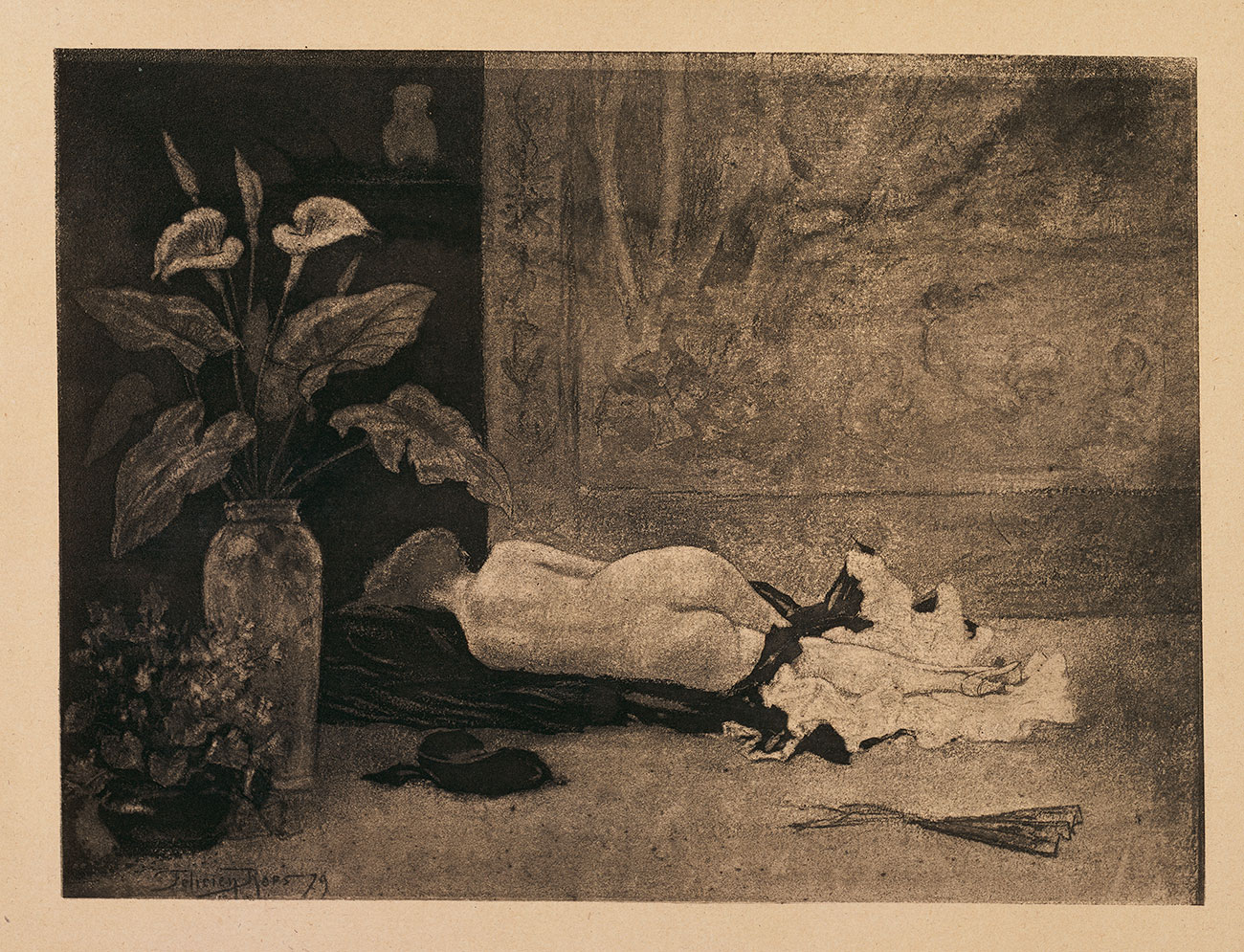
Museum De Reede believes to be a worthy addition to the globally exhibited graphic arts collection for three reasons. Firstly, because of the exclusive nature of its objective, 'graphics', because of the nature of the composition of its collection and because the entire collection is directly visible to the public without restriction. The latter sets the museum apart from similar initiatives elsewhere, where many works almost always remain hidden from the mainstream public.
